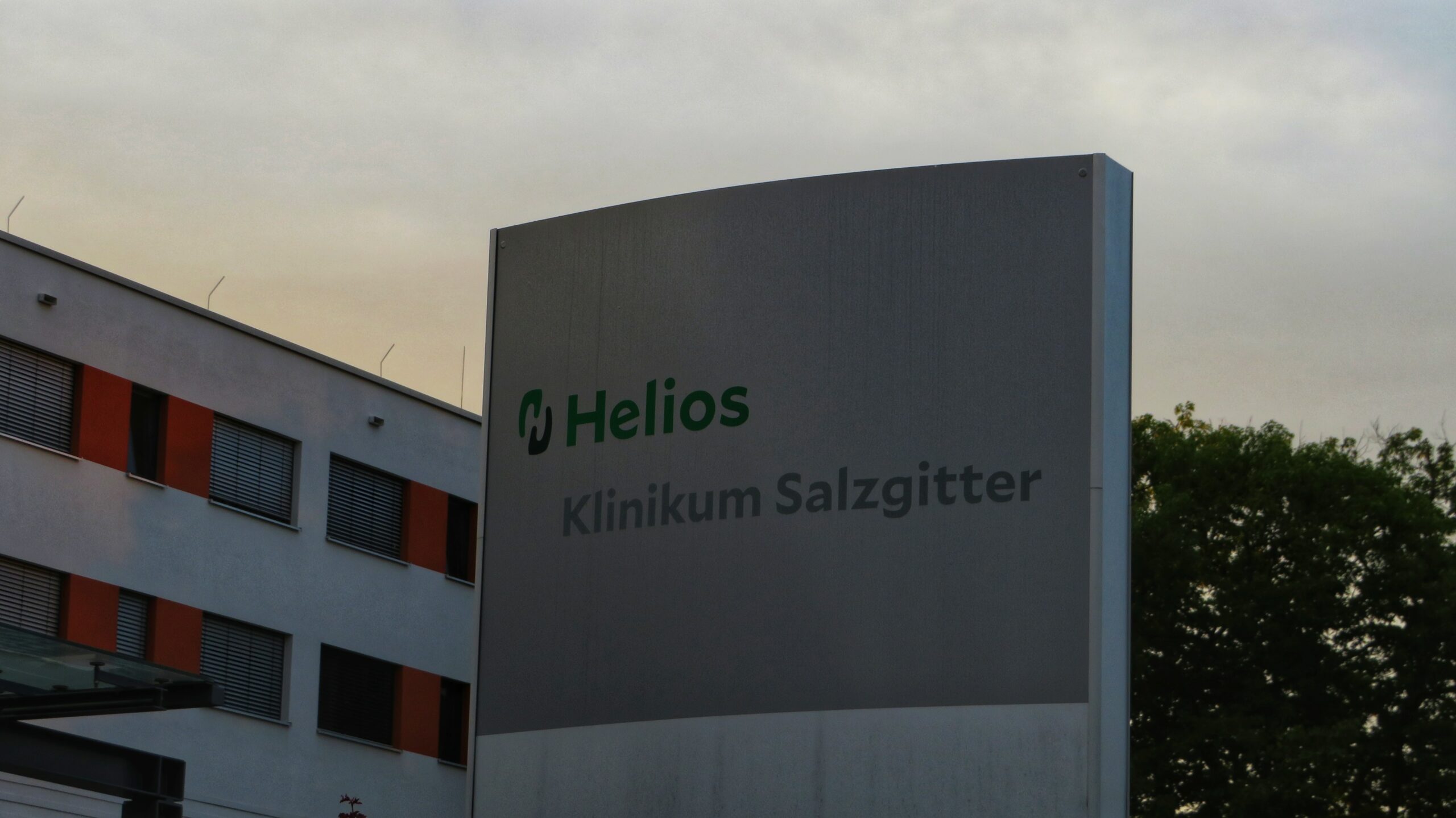The French banking scene, which has expanded to numerous online banks and neobanks over the past ten years, welcomes new “green” protagonists this spring 2022. Their goal, to finance ecological projects while offering customers the same tools as Revolution or N26. After multiple delays, one of them was celebrating its exit from the “maze” of banking regulations.
Helios, born in Paris, has just completed a very respectful fundraising one year after its launch, to the tune of 9 million euros. At the same time, Green-Got celebrated the opening of its first accounts with recycled plastic or wooden cards. On the waiting list, they are 25,000 to wait for this day. At Helios, which opened earlier, 7,500 customers are already using its services. They will be 100,000 within a year and a half, according to his outlook.
Both have the same objective and the same angle of attack. For Helios and Green-Got, savings should no longer be tainted with such a high carbon footprint as traditional banks force us to submit – most of the time in complete ignorance. On the networks, the two neobanks seek to denounce this practice and inform customers of the usefulness of their money, while it seems quietly asleep in their account.
Support from traditional actors
By the label of “green neobanks”, the two new tricolor establishments want to change things with a 100% online model whose offer is taken from that known at Revolut or N26. Not everything is designed in-house: institutions follow the same methods as traditional neobanks, relying on partners to be able to launch their offer more quickly and at lower cost.
The difficulties of banking regulations mean that even with such possibilities with partners, building a bank from scratch is a very big job. Green-Got has delayed its plans two years from its original targets which called for a late 2020 launch.
The banking architecture, in particular, is managed by Solarisbank at Helios. To offer savings in life insurance, Green-Got called on a traditional player: the Suravenir subsidiary of Crédit Mutuel Arkea. Not all of them are fully-fledged banks yet and this is also a weak point on which the green neobanks will have to double their efforts to free themselves.
Without being able to manage the investment of their clients' savings themselves, they must go through license holders and therefore traditional establishments. But it does not come without risk. “The traceability of the impact is easier to manage if all the banking technology is internalized”, explained Gabrielle Thomas, director of investments at BlackFin in an article by Maddyness.
Services that are not free
The spring of 2022 brought new buds, but the branch of green neobanks already has several leaves. OnlyOne or the Dutch account “SuperGreen” from Bunq have been around for several years. That said, their pricing plan showed that the model could not be suitable for everyone, at a time when establishments such as Boursorama's online bank offer very complete and completely free accounts.
Cheapest bank
Apple Pay, Google Pay
Free premium card
Free payments abroad
SEE MORE
1
Helios, OnlyOne and Green-Got matched prices. Count 6 euros per month to open a classic current account (or 3 euros if you are under 24 at OnlyOne and Helios). According to Helios, with a mass of 20,000 customers, the neobank will be able to achieve profitability.
On the investment and life insurance side, the fintech company Goodvest has also grown strongly in popularity, taking advantage of the increased interest of individuals seeking an alternative to traditional savings that does not bring in anything. On this point, Helios is fine-tuning its research to offer investments. But here again, the regulatory difficulties are significant and the neobank announced the abandonment of its ESG life insurance project to turn instead to an unpaid booklet.



